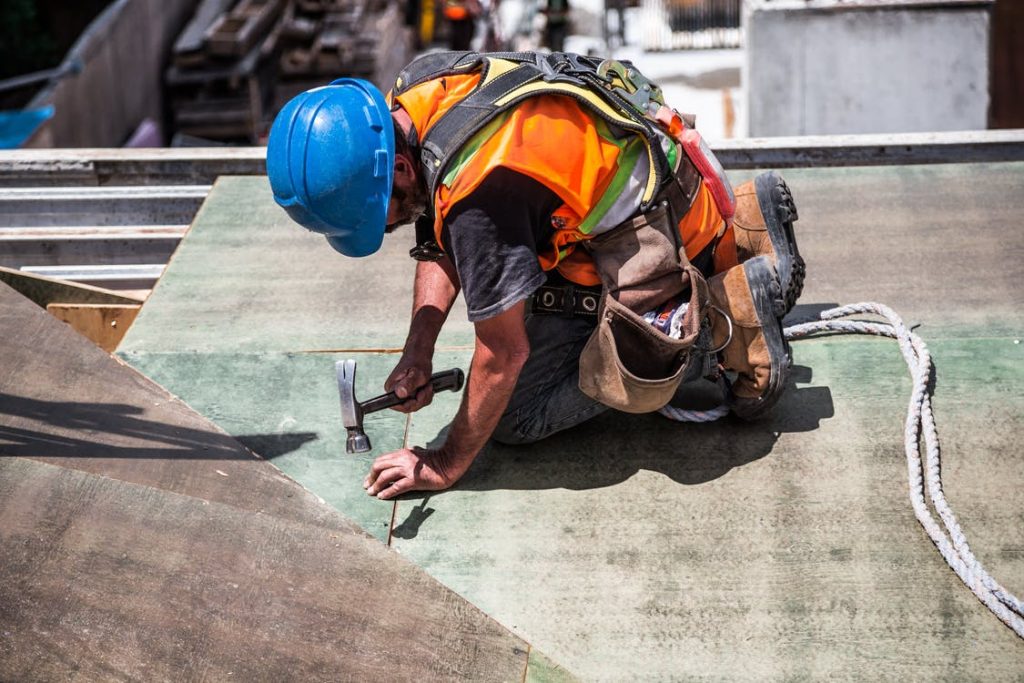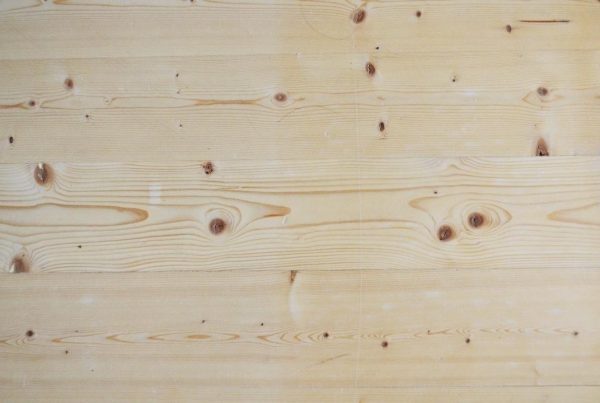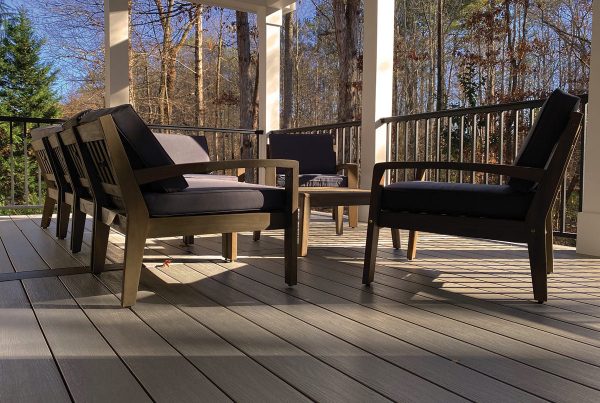In recent years there has been a slight increase in new house prices, an average of 1.93%, and 2020 was on track to see a similar trend. When the demand for housing increases, this drives housing prices to go up as well. This is great news for the construction industry, but not for a soon-to-be homeowner. There are several factors that sum up to this effect, namely location of construction, type of materials, distributors, installation costs, labor costs, and so on. For now, let’s look at how installation costs might be increasing your total cost.
How installation costs might be increasing your total cost
1. Employing more subcontractors costs more
We are currently seeing a scarcity in labor which has driven up wages. This means, the more hands you have on a job site, the higher your labor costs. Choosing products that are easier & lighter to install will save not only in wages but also in time. And time is money! Eliminating (when possible) subcontractors will also help your bottom line.

2. Choose materials that “work” for you
Select pre-finished materials; these might be more expensive but will end up saving you money in the long run. When opting for materials that are pre-painted and sealed, you will eliminate the need to hire a painter onsite finishing. Learn more about KWP’s unique paint process.
3. Get back to the Basics
A job site is full of tools; from your standard hammer to cherry pickers, thousands of dollars worth laying around. If your building materials require specialized tools such as those used when installing fiber cement, you must factor in those hidden costs. Considering the OSHA regulations in place, you better have all in order or risk paying a hefty fine. Not only do the blades from the saw need to be replaced often in order to keep it sharp, but the cutting of fiber cement also leads to another issue, the production of silica dust. As mentioned, the OSHA rules required respirators for all those involved in cutting this material. These are added costs that you might not have thought of. To note, some installers will demand higher wages when dealing with products that might be considered hazardous. With KWP engineered wood siding all you need are the basics.
4. Don’t get wasted
We all know to factor in material waste when quoting a job but wouldn’t it be ideal if we could reduce this even further. Certain materials are more fragile than others and selecting products that won’t crack if dropped and the split will cut down the amount of waste. Keep versatility in mind, if you are able to use materials that can be used both horizontally or vertically this will cut down your inventory. Our customers know what we are talking about, check this video out.
5. Offer Peace of Mind
Can you put a price on peace of mind? Partnering with a supplier that is stable and stands behind their products is important. You want to be able to provide that priceless peace of mind to your homeowner. Keep an eye out for the warranty clauses, at times a product that is deemed more resilient might provide you with minimal coverage. Check out KWP’s warranty here: https://www.kwpproducts.com/professionals-downloads/











